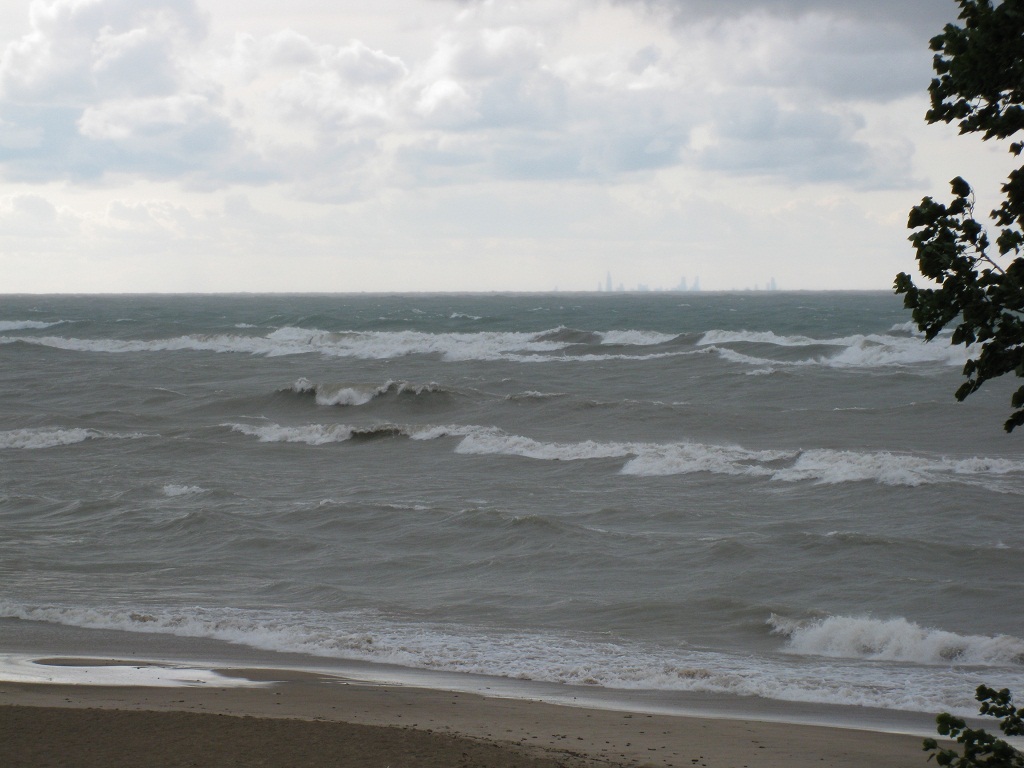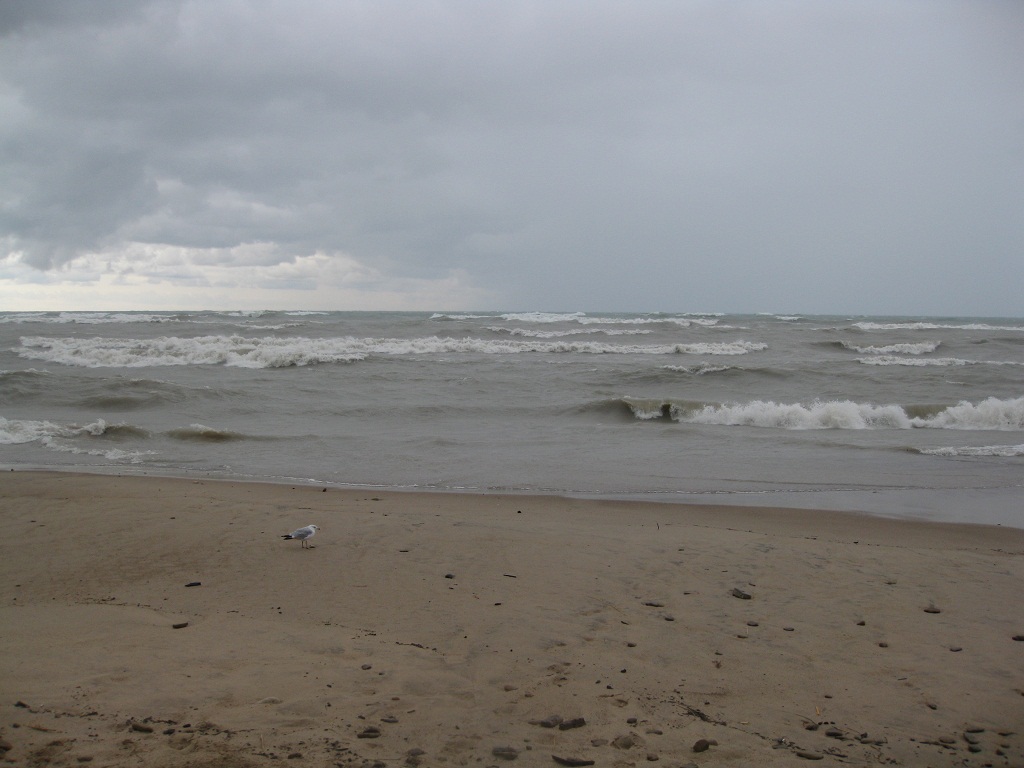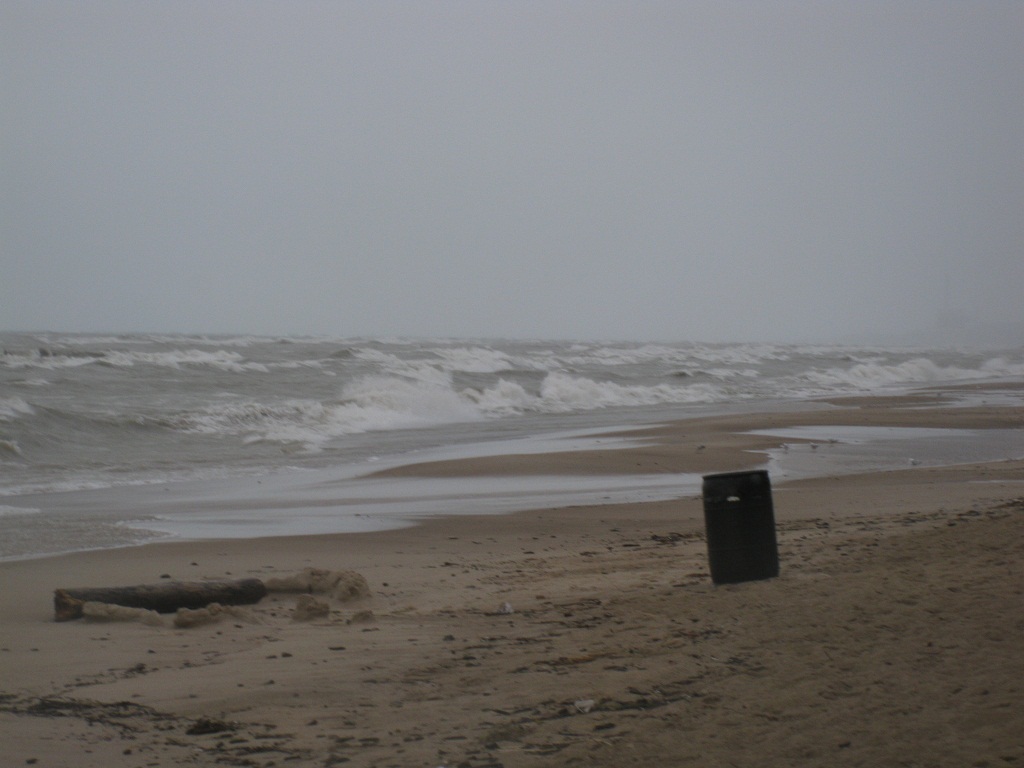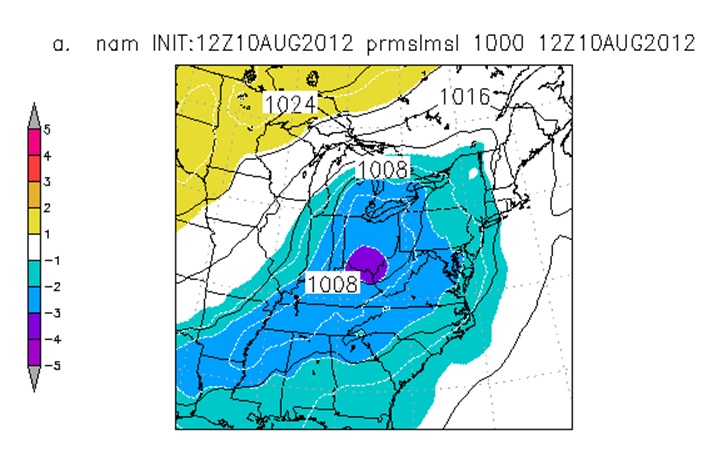
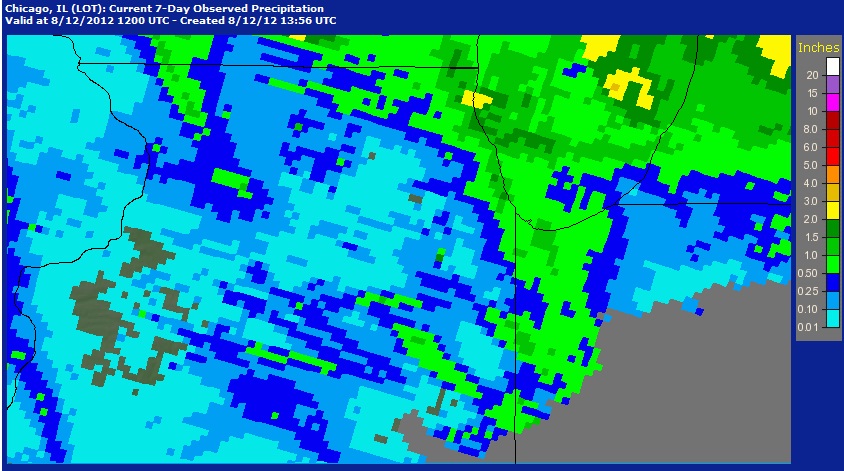

|
Year
|
Month
|
Date
|
Hour
|
Wind Dir
|
Speed
|
Gust
|
Wave Hgt
|
|
|
(knots)
|
(knots)
|
(feet)
|
||||
|
2012
|
8
|
10
|
1:00 AM
|
40
|
21
|
23
|
4.6
|
|
2012
|
8
|
10
|
2:00 AM
|
20
|
17
|
21
|
4.9
|
|
2012
|
8
|
10
|
3:00 AM
|
30
|
19
|
21
|
4.3
|
|
2012
|
8
|
10
|
4:00 AM
|
20
|
19
|
23
|
4.6
|
|
2012
|
8
|
10
|
5:00 AM
|
20
|
19
|
23
|
4.9
|
|
2012
|
8
|
10
|
6:00 AM
|
10
|
21
|
25
|
4.9
|
|
2012
|
8
|
10
|
7:00 AM
|
10
|
23
|
27
|
5.2
|
|
2012
|
8
|
10
|
8:00 AM
|
20
|
23
|
27
|
5.9
|
|
2012
|
8
|
10
|
9:00 AM
|
10
|
25
|
29
|
6.2
|
|
2012
|
8
|
10
|
10:00 AM
|
360
|
25
|
31
|
6.2
|
|
2012
|
8
|
10
|
11:00 AM
|
350
|
25
|
29
|
7.5
|
|
2012
|
8
|
10
|
12:00 PM
|
350
|
25
|
31
|
8.2
|
|
2012
|
8
|
10
|
1:00 PM
|
360
|
25
|
31
|
9.2
|
|
2012
|
8
|
10
|
2:00 PM
|
350
|
25
|
31
|
10.2
|
|
2012
|
8
|
10
|
3:00 PM
|
350
|
25
|
29
|
11.2
|
|
2012
|
8
|
10
|
4:00 PM
|
350
|
27
|
37
|
11.2
|
|
2012
|
8
|
10
|
5:00 PM
|
340
|
27
|
33
|
12.5
|
|
2012
|
8
|
10
|
6:00 PM
|
340
|
27
|
33
|
13.5
|
|
2012
|
8
|
10
|
7:00 PM
|
340
|
27
|
31
|
12.5
|
|
2012
|
8
|
10
|
8:00 PM
|
340
|
25
|
33
|
11.5
|
|
2012
|
8
|
10
|
9:00 PM
|
340
|
27
|
31
|
10.8
|
|
2012
|
8
|
10
|
10:00 PM
|
350
|
25
|
31
|
10.8
|
|
2012
|
8
|
10
|
11:00 PM
|
350
|
23
|
27
|
9.5
|
|
2012
|
8
|
10
|
12:00 AM
|
340
|
23
|
25
|
8.2
|
|
2012
|
8
|
11
|
1:00 AM
|
340
|
21
|
25
|
8.9
|
|
2012
|
8
|
11
|
2:00 AM
|
340
|
21
|
25
|
7.5
|
|
2012
|
8
|
11
|
3:00 AM
|
330
|
19
|
23
|
7.9
|
|
2012
|
8
|
11
|
4:00 AM
|
330
|
21
|
25
|
7.9
|
|
2012
|
8
|
11
|
5:00 AM
|
320
|
19
|
25
|
7.5
|
|
2012
|
8
|
11
|
6:00 AM
|
330
|
21
|
25
|
7.2
|
|
2012
|
8
|
11
|
7:00 AM
|
320
|
19
|
23
|
7.2
|
|
2012
|
8
|
11
|
8:00 AM
|
310
|
21
|
25
|
6.9
|
|
2012
|
8
|
11
|
9:00 AM
|
320
|
19
|
23
|
6.9
|
|
2012
|
8
|
11
|
10:00 AM
|
330
|
19
|
23
|
6.6
|
|
2012
|
8
|
11
|
11:00 AM
|
330
|
17
|
21
|
6.6
|
|
2012
|
8
|
11
|
12:00 PM
|
330
|
17
|
21
|
5.9
|
|
2012
|
8
|
11
|
1:00 PM
|
320
|
17
|
21
|
6.2
|
The chart above shows that there 12 hours with winds gusting over 30 knots with peak winds of 37 knots and peak waves of 13.5 ft. Looking back through the buoy data, it appears as though there have only been 3 other storms anywhere near as strong as this one in August. The last time a storm this powerful hit Lake Michigan in August was back on August 13-14, 1999. During this storm, winds peaked at 35 knots from the north with gusts at or above 30 knots for 8 hours. Wave heights during the August 1999 storm topped out at 11.6 ft. Another significant August storm was back on August 4-5, 1994, during which time waves peaked at 11.8 ft (previous record highest for August) and spent 5 hours above 10 ft. Unfortunately, during this storm wind information from the buoy was missing. Finally, back on August 11-12, 1983 another somewhat comparable August storm affected the lake with peak winds of 30 knot and only one hour of 30 knot or greater winds. During that storm waves peaked at 10.8 ft.
The strong north winds and large waves which occurred over Lake Michigan Thursday night and Friday caused a significant amount of sediment to be churned up and piled up over the southern end of the lake. With generally clear skies on Saturday, visible satellite imagery reveals a noticeable discoloration of the water along the southern and western shores which is a result of sediment churned up by the high waves. The true-color, 250 meter resolution image below, comes from the Moderate Resolution Imaging Spectrometer (MODIS) aboard NASA's polar-orbiting Aqua satellite, and is made available by the Space Science and Engineering Center (SSEC) at the University of Wisconsin-Madison.
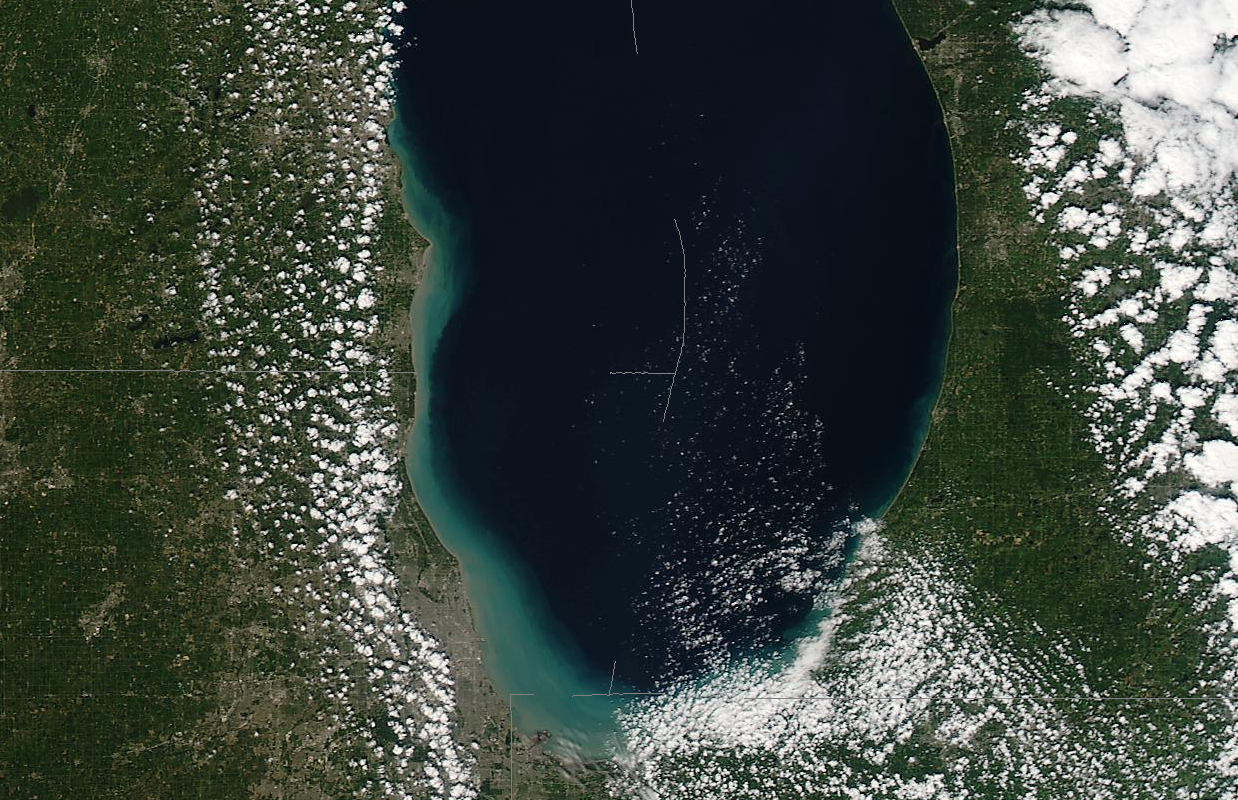
Below are some photos of the large waves at Beverly Shores, IN, taken by NWS Chicago meteorologist Mike Bardou early Friday (8/10) evening:
